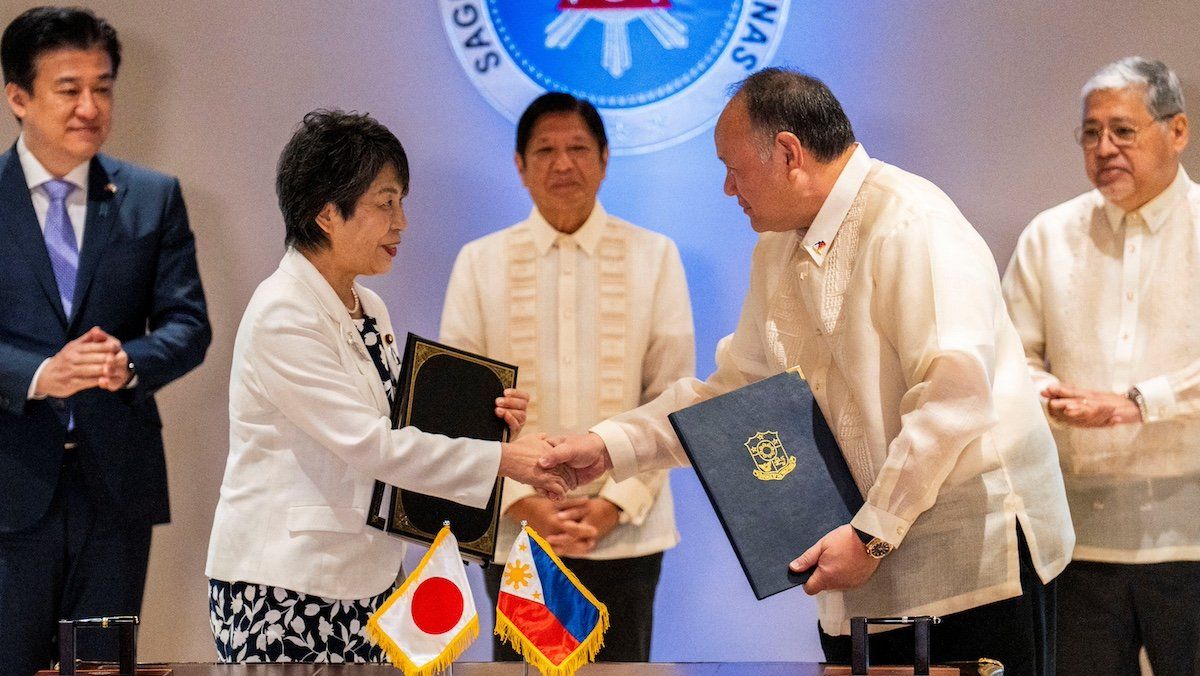Japan and the Philippines signed a new defense pact on Monday, allowing the mutual deployment of forces to each other’s territory for training – part of a larger mutual effort to stave off China. But while Tokyo’s diplomats are sealing deals with much-needed allies, its defense officials are stressing that a weak yen threatens to eat up their budgets.
Before the Filipino deal, Prime Minister Fumio Kishida reached similar defense agreements with Australia and the UK, and he has established historically warmer ties with South Korea, improving political and military cooperation. He is also trying to double defense spending by 2027, which would make Japan the world’s third-largest military spender. So why is Tokyo slashing orders for new airplanes and warning of more cuts?
Exchange rates. The yen has been
struggling, going from about 103 to the dollar in January 2021 to around 160 today. Japan buys most of its top-of-the-line equipment from the US, in deals denominated in dollars, meaning that prices for all defense imports have effectively gone up around 55% in two and a half years. We — and folks at the defense ministry in Tokyo — are watching for an interest rate cut stateside to staunch the losses.
